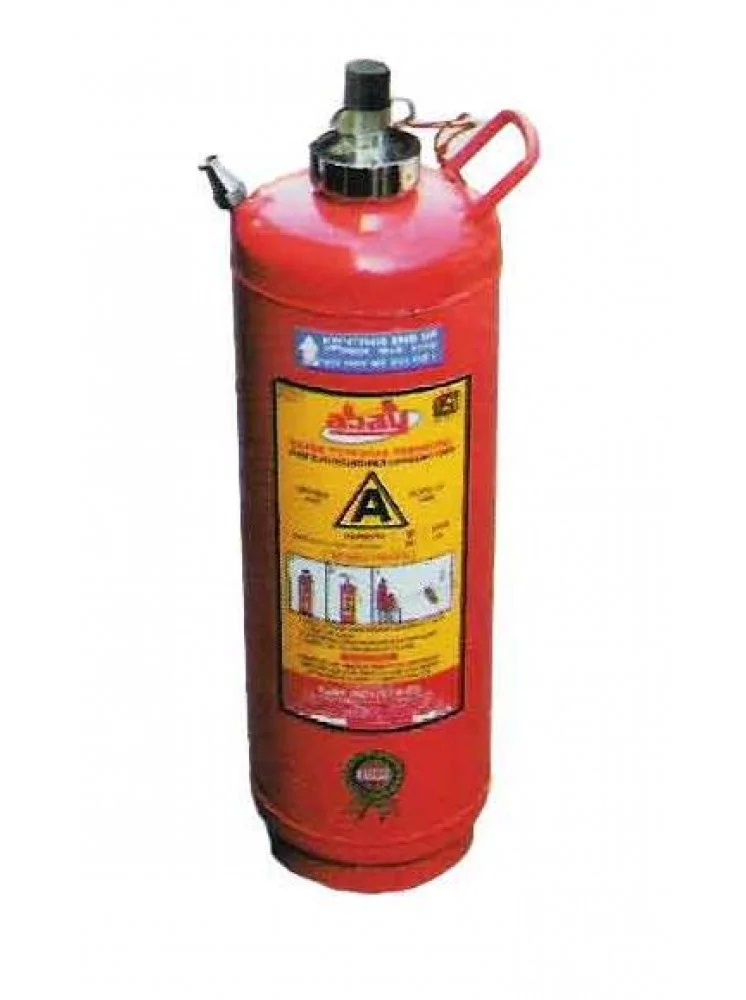Fires are unpredictable and potentially devastating, making it crucial to have effective fire safety measures in place. One indispensable tool in the firefighting arsenal is the fire extinguisher. These devices come in various types, each tailored to combat specific classes of fires. Let's delve into the essential aspects of fire extinguishers, shedding light on their importance and usage.
Introduction to Fire Extinguishers: Fire extinguishers are portable devices designed to control small fires before they escalate. They operate on the principle of removing one or more elements of the fire triangle—heat, fuel, and oxygen. Understanding the different types of fires is crucial to selecting the right extinguisher for the job.
Classes of Fires:
- Class A: Ordinary combustibles (wood, paper)
- Class B: Flammable liquids (oil, gasoline)
- Class C: Electrical fires
- Class D: Combustible metals
- Class K: Kitchen fires involving cooking oils and fats
Types of Fire Extinguishers:
- Water Extinguishers (Class A): Suitable for ordinary combustibles but not for flammable liquids or electrical fires.
- Foam Extinguishers (Class A and B): Effective on ordinary combustibles and flammable liquids, but not recommended for electrical fires.
- Carbon Dioxide (CO2) Extinguishers (Class B and C): Ideal for electrical and flammable liquid fires without leaving residue.
- Dry Chemical Extinguishers (Class A, B, and C): Versatile, suitable for multiple fire classes but can leave a residue.
CO2 Fire Extinguishers: An In-Depth Look:
CO2 fire extinguishers are a specialized type designed for electrical and flammable liquid fires. These extinguishers use carbon dioxide to displace oxygen, effectively smothering the fire. Here's why CO2 fire extinguishers stand out:
- Electrical Fire Safety: CO2 extinguishers are non-conductive, making them safe for use on electrical fires. When confronted with a live electrical fire, using water or foam extinguishers poses a risk of electrical shock. CO2 extinguishers eliminate this danger.
- Residue-Free Performance: Unlike some other types of extinguishers, CO2 extinguishers leave no residue behind. This makes them ideal for spaces where clean-up is a concern, such as server rooms, laboratories, or areas with sensitive equipment.
- Rapid Fire Suppression: CO2 extinguishers act swiftly, making them highly effective in containing fires before they escalate. Their ability to starve the fire of oxygen ensures a quick response and minimizes potential damage.
- Environmentally Friendly: CO2 is a natural component of the Earth's atmosphere, making CO2 extinguishers environmentally friendly. There is no risk of ozone depletion or long-term environmental impact, aligning with modern sustainability goals.
Conclusion: Investing in the right fire extinguisher is an essential step in safeguarding lives and property. Understanding the diverse types and their applications empowers individuals and businesses to make informed choices. Whether it's a multi-purpose dry chemical extinguisher or a specialized CO2 extinguisher, having the right tool for the job can make all the difference in a fire emergency. Stay informed, stay safe.


No comments yet